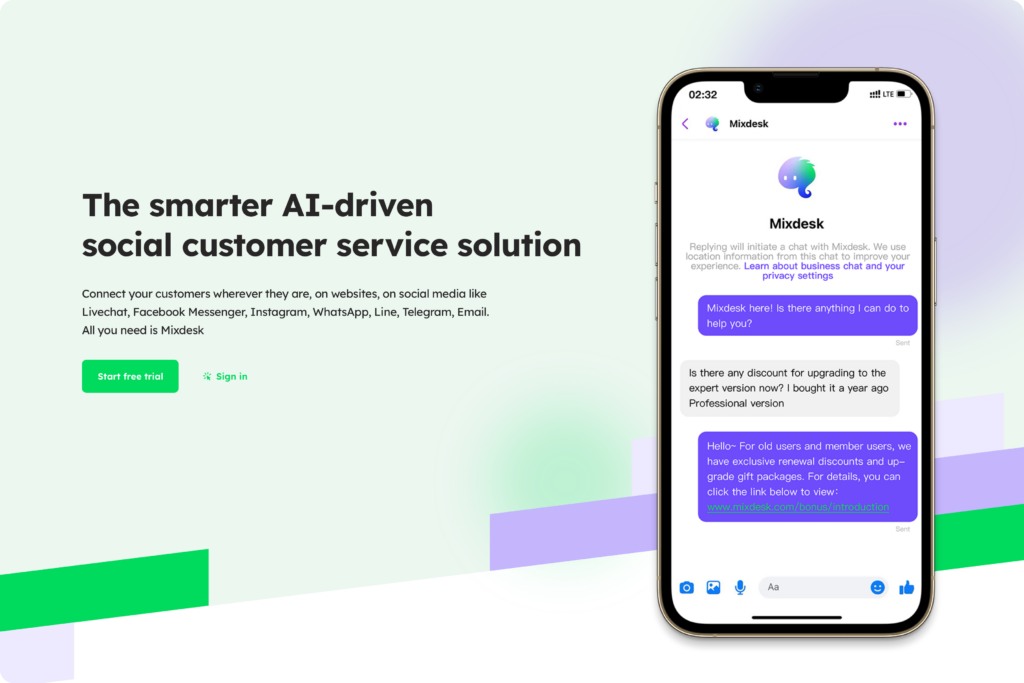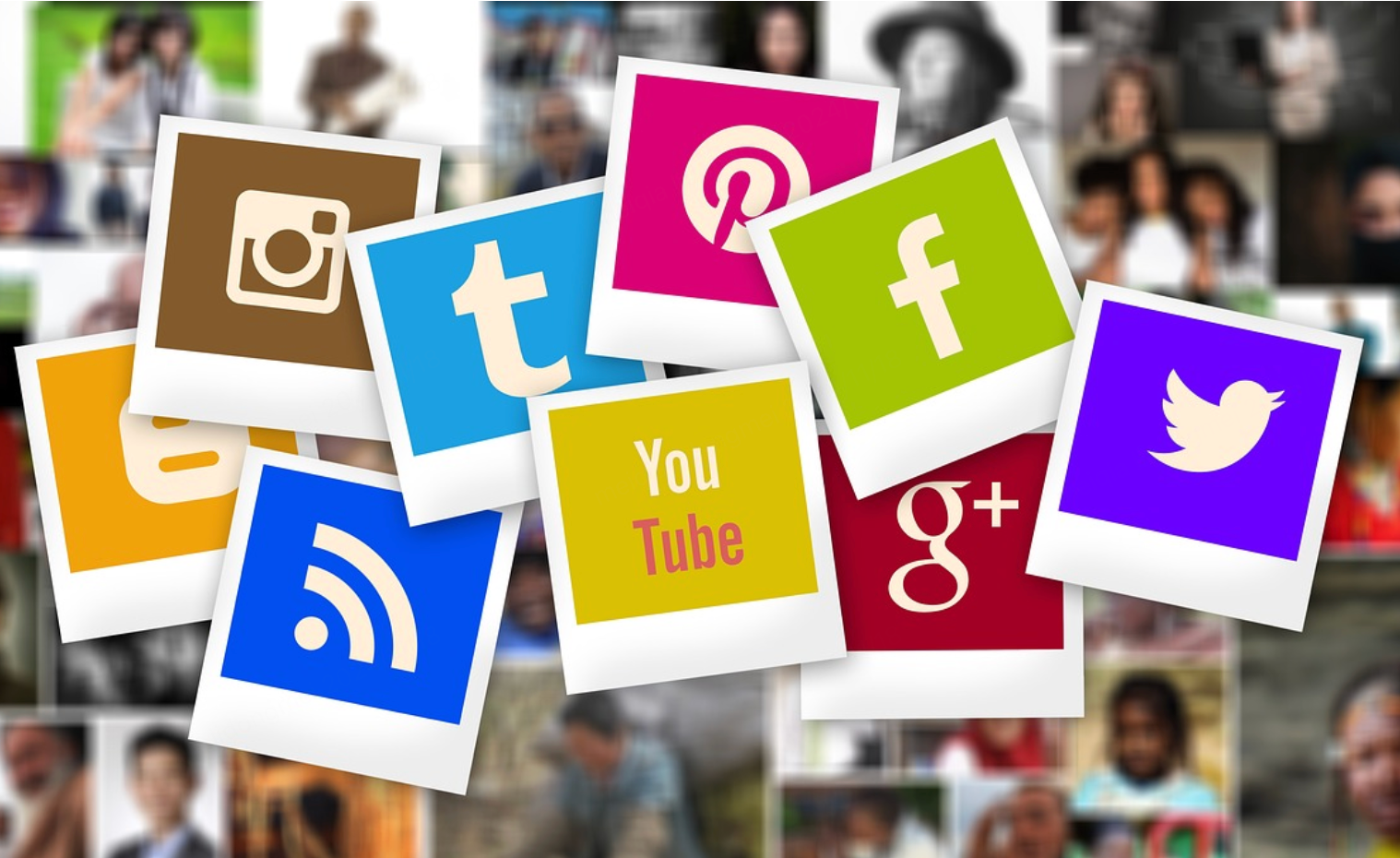Author of this article:Miya, Search engine optimization expert
Social media is undoubtedlyCompanies expand overseas marketsOne of the preferred channels. Its huge user scale and instant interaction characteristics allow brands to quickly build awareness, attract customers and maintain relationships. However, relying solely on social media marketing may also cause brands to fall into limitations and miss potential market opportunities. The complexity and diversification of overseas markets determine that companies need to adopt a more comprehensive marketing strategy in order to truly achieve all-round reach of their target customers.
From Facebook to TikTok, major platforms rely on their extensive user coverage and strong interaction capabilities to help brands quickly reach their target markets. However, is it enough to rely solely on social media marketing? Facing diverse customer needs and a changing market environment, companies need more comprehensive marketing strategies to enhance their competitiveness.
Mixdesk
AI Agent

Is it enough to use only social media marketing overseas?
- The role of social media marketing cannot be ignored
Social media does play a central role in marketing in overseas markets. The social media platforms represented by Facebook, Instagram and TikTok can not only provide a wide range of user coverage, but also through accurate advertising, allowing brands to reach their core target audiences at a lower cost. In addition, the interactivity of social media has also helped to establish a closer connection between brands and users, especially in the promotion of activities, new product launches and user community construction, social media has unparalleled advantages.
- The limitations of social media marketing need to be supplemented
Although social media marketing performs well in content dissemination and short-term interaction, it is difficult to fully cover the full life cycle management needs of customers. The following are its main limitations:
- Missed potential customers: Some customers (especially in the B2B market or high-end consumer groups) pay less attention to social media, and are more inclined to obtain product and service information through professional channels, search engines, or offline activities.
- Difficult to build long-term relationships: The life cycle of social media content is short, and brands need to strengthen customer stickiness and maintain long-term relationships through e-mail, instant messaging tools, or offline interaction.
- Risk of dependence on a single channel: Changes in algorithm rules or advertising competition may affect the exposure of brand content and increase promotion costs.
- Social media and other channels need to be linked
Social media is not only a tool for brand communication, but also a “bridge” for linkage with other channels. For example, through the drainage of social media content to the brand's official website, combined with SEO optimization to improve search engine rankings; or the use of instant messaging tools to precipitate customers acquired by social media into the private domain pool, long-term maintenance and in-depth conversion. This linkage strategy not only expands the coverage of the brand, but also significantly improves the overall marketing effect through channel synergy.
Overseas marketing requires a diversified strategy
In order to make up for the shortcomings of social media marketing, companies need to build a set of diversified marketing strategies covering different scenarios and customer needs.
- Search engine optimization (SEO) and SEM
SEO optimizes the content and structure of the brand's website to improve the organic search ranking, thereby attracting customers who actively search. SEM quickly obtains high-intent customers through keyword advertising, bringing instant conversion to the brand, which is a powerful supplement to social media marketing.
- Content marketing
By writing high-quality blogs, making video tutorials, or publishing industry reports, companies can demonstrate professionalism and brand image. These content can also be linked with social media as communication materials to attract a wider audience.
- Email marketing
Email marketing is a direct and personalized way of reaching customers, suitable for new product launches, promotional activities or customer relationship maintenance. Compared with social media, email can better support the establishment of long-term customer relationships.
- Instant messaging tools
Instant messaging tools such as WhatsApp, LINE and Telegram can not only provide real-time customer support, but also serve as channels for event notification and promotion to make up for the lack of social media coverage.
- Offline events and exhibitions
Especially in the B2B market or the field of high-end consumer goods, offline activities are an important part of building trust. Through exhibitions and face-to-face exchanges, brands can better understand customer needs and strengthen cooperative relationships.
Diversified marketing makes brands more competitive
Social media marketing has played an irreplaceable role in overseas markets, but it is not the only solution. Combining SEO, email marketing, instant messaging tools and offline activities, companies can fully cover customer needs and build long-term and stable customer relationships. Multi-channel integration and linkage are the key for brands to stand out in the highly competitive overseas markets.
Maybe you want to see:
-
The ultimate guide to overseas social media marketing: Account purchase, Matrix construction and strategy optimization
Focusing on the theme of “Overseas social media marketing”, this article comprehensively analyzes from multiple angles such as social media matrix construction, content localization, advertising strategies, and efficient management tools.…
Other issues:
Use Mixdesk to simplify overseas social media management and drive business globalization
In a diversified overseas social media environment, companies often face problems such as decentralized channels and inefficient information response.Mixdesk relies on omni-channel integration capabilities, willFacebook、Instagram、WhatsApp、LINE、TelegramMessages from mainstream social media platforms such as are aggregated into one interface to help companies achieve centralized management and ensure that every piece of customer information can be processed in a timely manner. At the same time, Mixdesk's intelligent workflow supports automatic task allocation and handling of common problems, saving the team operating time and improving overall work efficiency.
Not only that, Mixdesk also provides strong multilingual support to help companies easily cross language barriers and quickly connect with customers around the world. And its precise active marketing function can target the target audience and push customized content, greatly improving the marketing effect. With the help of Mixdesk, companies can manage social media resources more efficiently, invest more energy in customer interaction and content optimization, and comprehensively improve the performance of global operations.




